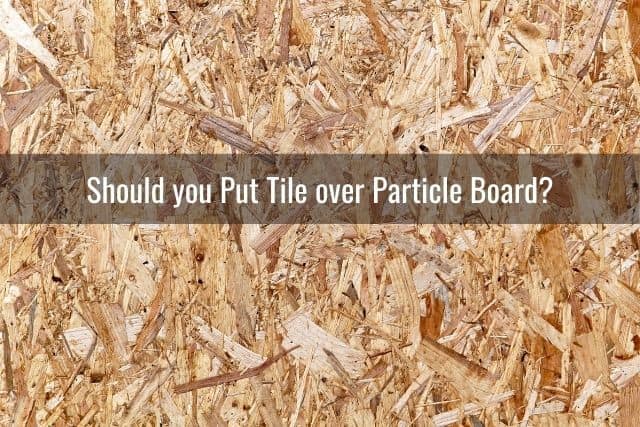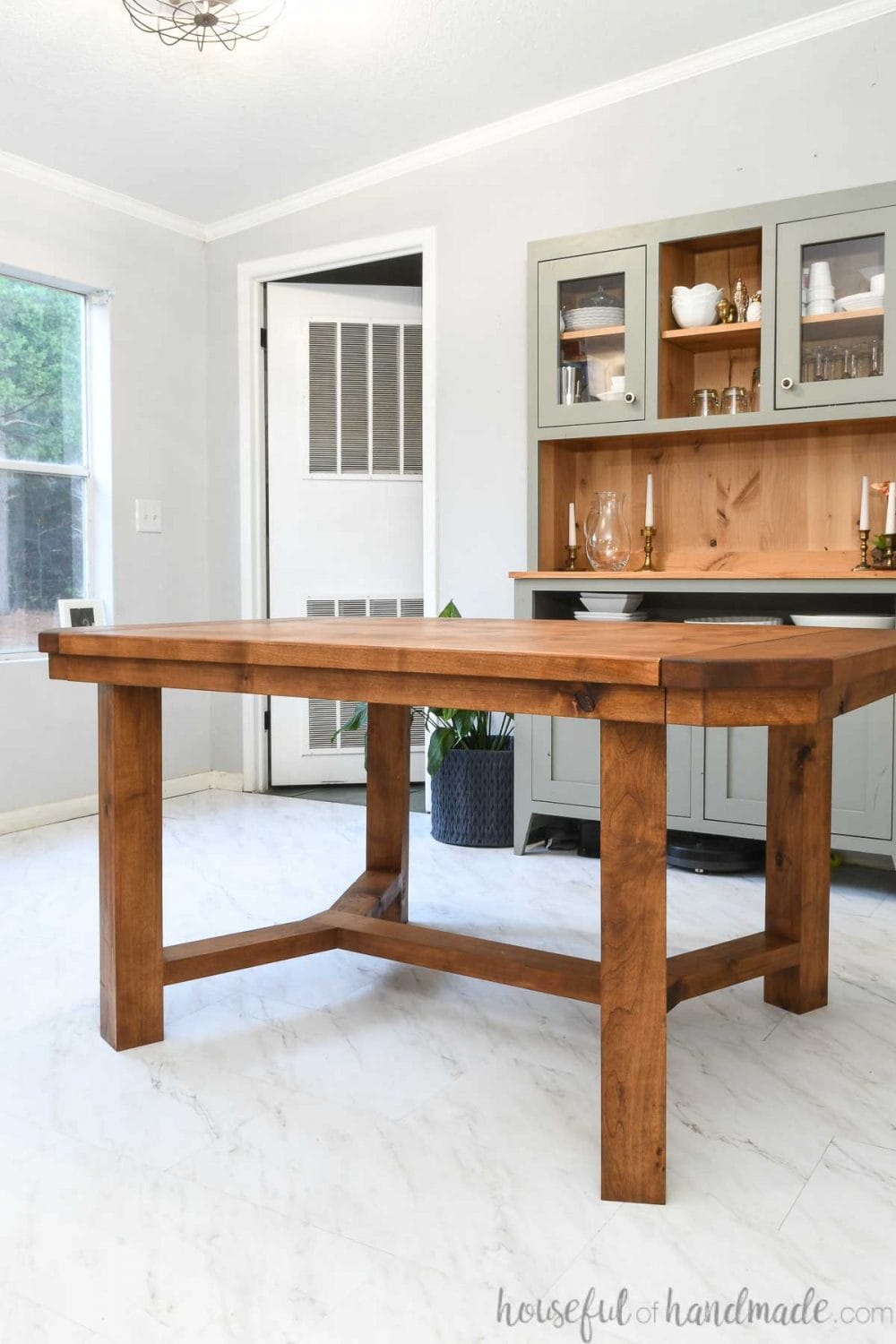
- How to install peel and stick tile on particle board how to#
- How to install peel and stick tile on particle board plus#
So additional adhesive will require more precision while laying the tiles since there is no wiggle room. If you accidentally touched the tile down to the floor in the wrong spot, it took quite a bit of effort to remove it. The combination of the extra adhesive with the peel and stick tiles was intense. Once dried, the floor was tacky and ready to accept the vinyl tiles.

It was easy to apply with just a paint roller and foam paint brush used to get close to the edges. Instead of a primer that just sealed the wood, we used a roll on vinyl floor adhesive.
How to install peel and stick tile on particle board how to#
Here is a quick guide to help you figure out how to prepare your floors for new peel and stick vinyl tiles: If you lay vinyl tiles on an uneven floor, it can cause the vinyl to cracks or blemishes that can appear over time.

In order to lay vinyl floor tiles, you need a clean, flat, even surface. It depends on what kind of flooring you already have in your space and what condition it is in. So total flooring needed to purchase is 301 or 151 tiles since each tile is 2 SqFt. Ten percent of that is 27.3 (round up to 28). Total square footage for the kitchen/dining room is 273. These are all their own little rectangles.Īll of my floor measurements were taken in inches, so first I convert them to feet by dividing them all by 12. So now that you have the space split into rectangles with the length and width of each noted, you can figure out the total square footage by first multiplying together the length and width of each rectangle, then adding them all together.Īlso for a kitchen, don’t forget to add the amount needed for flooring under the dishwasher, stove and refrigerator. Since the tiles come in 2 square feet pieces, I needed 18 total tiles for our bathroom floor. Add that to the total and I need 34.375 square feet, or round up to 35.

Multiplied together I have 31.25 square feet. I rounded the length to 6.25′ (which is 6′ 3″). 10) = How Much to Buyįor our bathroom, the floor is 6′ 2 1/2″ long x 5′ wide. The formula for figuring out your total material needed is:
How to install peel and stick tile on particle board plus#
Plus it may leave you with a few left over to replace damaged tiles later, or you can return unused tiles. The additional 10% is needed for cuts and mistakes. Once you have the total square feet of your room, you want to multiply that by 10% and add that to the total square feet. This tells you the total square feet of your room. Then you multiply the two numbers together.

To determine how much tile you need to order, you want to measure the length and width of your room in feet.


 0 kommentar(er)
0 kommentar(er)
